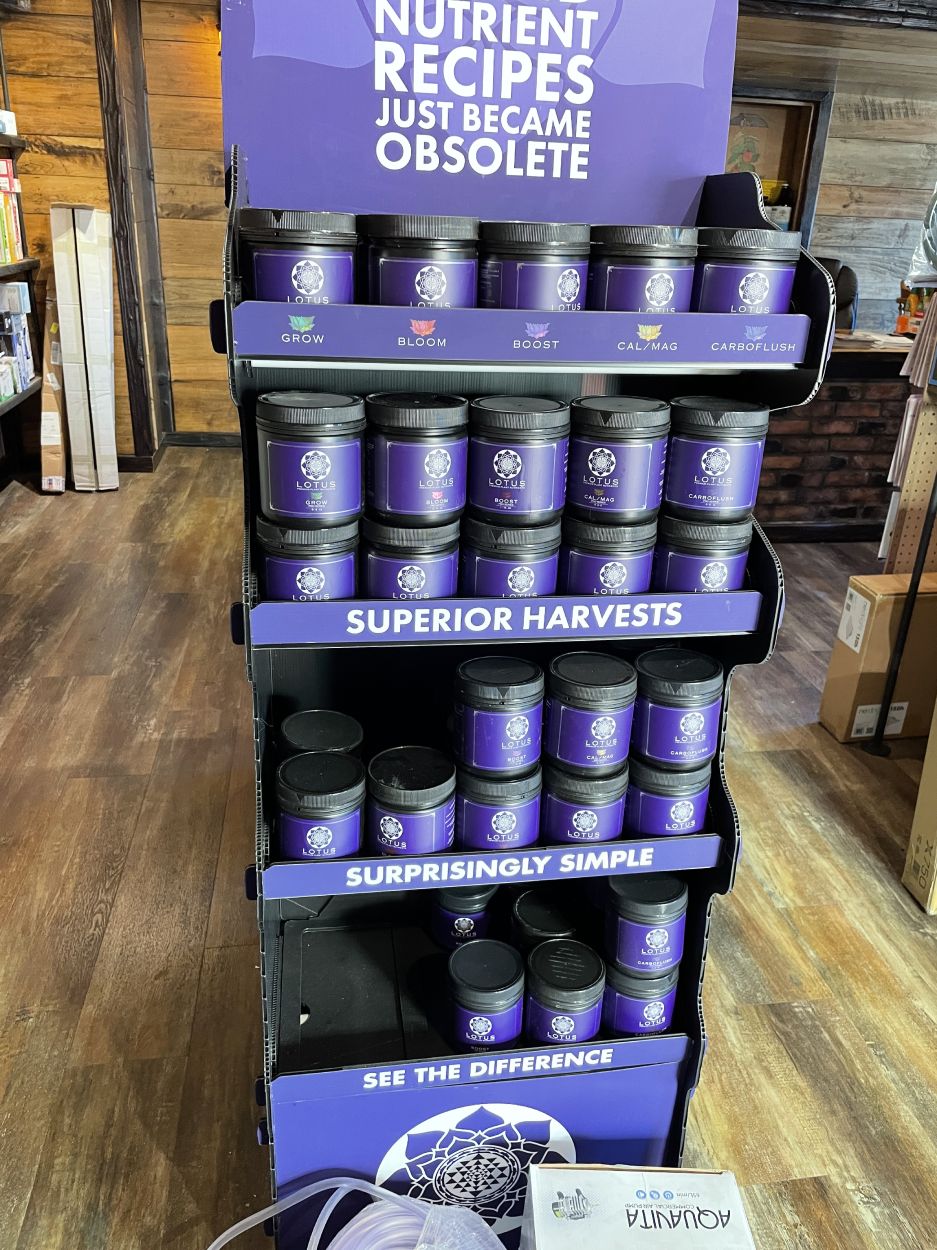The Indoor Earthworm: The Necessary Pet for Eco-Friendly Homes
The Indoor Earthworm: The Necessary Pet for Eco-Friendly Homes
Blog Article
The Ultimate Overview to Hydroponic Systems and Techniques
In the globe of modern agriculture, hydroponic systems have emerged as a groundbreaking approach for growing plants without soil. As we discover the details of hydroponics in this extensive overview, we will browse through the different kinds of systems, discover the vital nutrients essential for plant development, and dig right into innovative techniques that can substantially boost returns.
Benefits of Hydroponic Equipments
Hydroponic systems provide a wide variety of benefits, consisting of reliable source utilization and exact nutrient distribution to plants. By providing a controlled environment for plant growth, hydroponic systems enable optimal water and nutrient usage, resulting in greater yields compared to conventional soil-based cultivation. This effectiveness not only saves resources however likewise decreases waste, making hydroponic systems environmentally pleasant.
In addition, the exact shipment of nutrients in hydroponic systems enables for personalization based on the specific demands of each plant selection. This targeted technique guarantees that plants obtain the right equilibrium of essential nutrients, advertising much healthier development and lessening the risk of nutrient shortages or discrepancies. Furthermore, the ability to monitor and readjust nutrient degrees in real-time maximizes plant productivity and general crop top quality.
In addition, hydroponic systems get rid of the demand for herbicides and pesticides, as the closed-loop system decreases the threat of bugs and diseases that are commonly found in soil-based agriculture - The Indoor Earthworm. This not just benefits the plants and the setting however also adds to generating cleaner, much healthier crops for intake
Kinds Of Hydroponic Setups

Nutrient Movie Strategy (NFT) makes use of a superficial stream of nutrient service flowing over the plant origins, supplying a continuous supply of nutrients. Leak systems include dripping a nutrient remedy onto the plant roots, offering specific control over feeding.
Each sort of hydroponic setup has its advantages and is suited to various plant varieties and development stages. Understanding the distinctive attributes of these systems can assist hydroponic growers pick the most ideal configuration for their specific demands and choices.
Vital Nutrients for Hydroponics
In hydroponic systems, plants depend on a precise equilibrium of important nutrients to grow and expand effectively. These essential nutrients are critical for different plant features such as photosynthesis, root advancement, and overall development. The primary macronutrients called for by plants in hydroponic systems are phosphorus, nitrogen, and potassium. Nitrogen is essential for leafy environment-friendly growth, phosphorus help in origin development and flower/fruit manufacturing, while potassium aids in overall plant wellness and condition resistance.
In enhancement to macronutrients, plants also require secondary nutrients like calcium, sulfur, and magnesium, in addition to trace elements such as iron, copper, zinc, and manganese (The Indoor Earthworm). These nutrients are essential for guaranteeing that plants have all the essential foundation to accomplish essential biological processes

Advanced Strategies for Maximum Return
To accomplish optimum returns in hydroponic systems, growers can apply sophisticated methods that boost plant development and productivity. One such technique linked here is making use of extra lights. By offering man-made lights such as LED or high-pressure salt lights, farmers can expand the number of light hours plants get daily, advertising faster development and increased yields. Another advanced technique is the application of carbon dioxide supplements. Raising the degrees of co2 in the expanding setting can promote photosynthesis and increase plant development significantly. Additionally, using strategies like plant training and trimming can aid maximize light distribution and air flow, ensuring that all parts of the plant receive adequate light and nutrients. Furthermore, utilizing automated systems for nutrient shipment and surveillance can help maintain optimum nutrient degrees, minimizing the danger of deficiencies or inequalities that can prevent plant development. By incorporating these innovative strategies right into their hydroponic systems, cultivators can make best use of returns and achieve plentiful harvests.
Troubleshooting Common Hydroponic Issues
One common issue is nutrition deficiencies, where plants lack essential elements for healthy development. Keeping the proper pH array certain to the plant being grown is vital for optimum nutrient uptake. By immediately recognizing and attending to these typical hydroponic issues, farmers can preserve healthy plants and make the most of yields in their hydroponic systems.
Conclusion
In verdict, hydroponic systems provide countless benefits for expanding plants efficiently. With careful preparation and attention to detail, hydroponic systems can revolutionize the method plants are grown, leading to more efficient and lasting agricultural methods.
By giving a controlled atmosphere for plant development, hydroponic systems enable ideal water and nutrient usage, leading to higher yields contrasted to traditional soil-based cultivation. The Indoor Earthworm. Nutrient Movie Strategy (NFT) utilizes a superficial stream of nutrient solution flowing over the plant roots, supplying a consistent supply Learn More of nutrients. Monitoring and check out this site changing nutrient degrees based on plant growth phases is essential to protecting against nutrient deficiencies or toxicities and making the most of plant efficiency in hydroponic systems
In addition, employing techniques like plant training and pruning can help enhance light distribution and air flow, making sure that all components of the plant receive sufficient light and nutrients. Using automated systems for nutrient shipment and tracking can assist preserve ideal nutrient levels, lowering the threat of shortages or inequalities that can prevent plant development.
Report this page